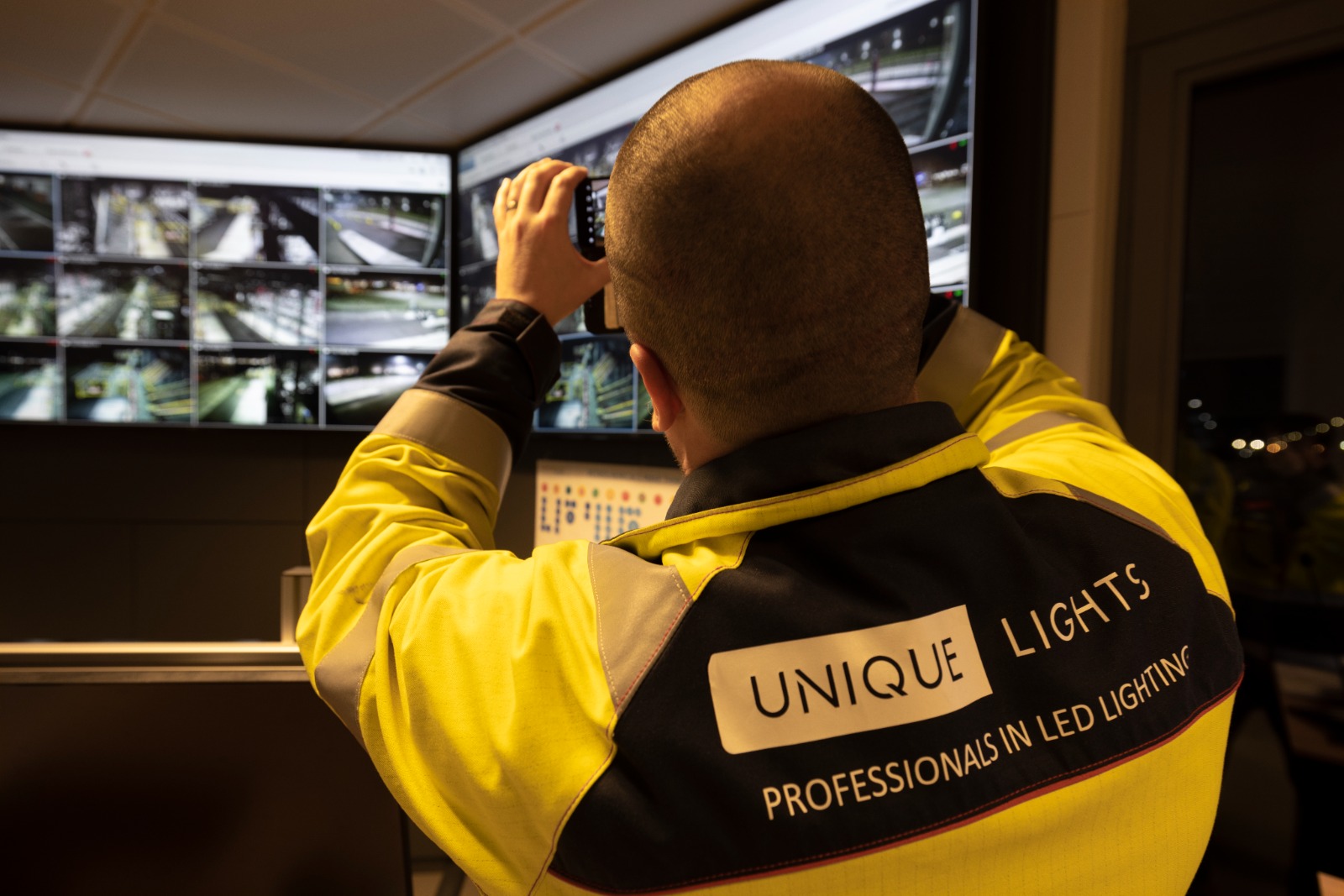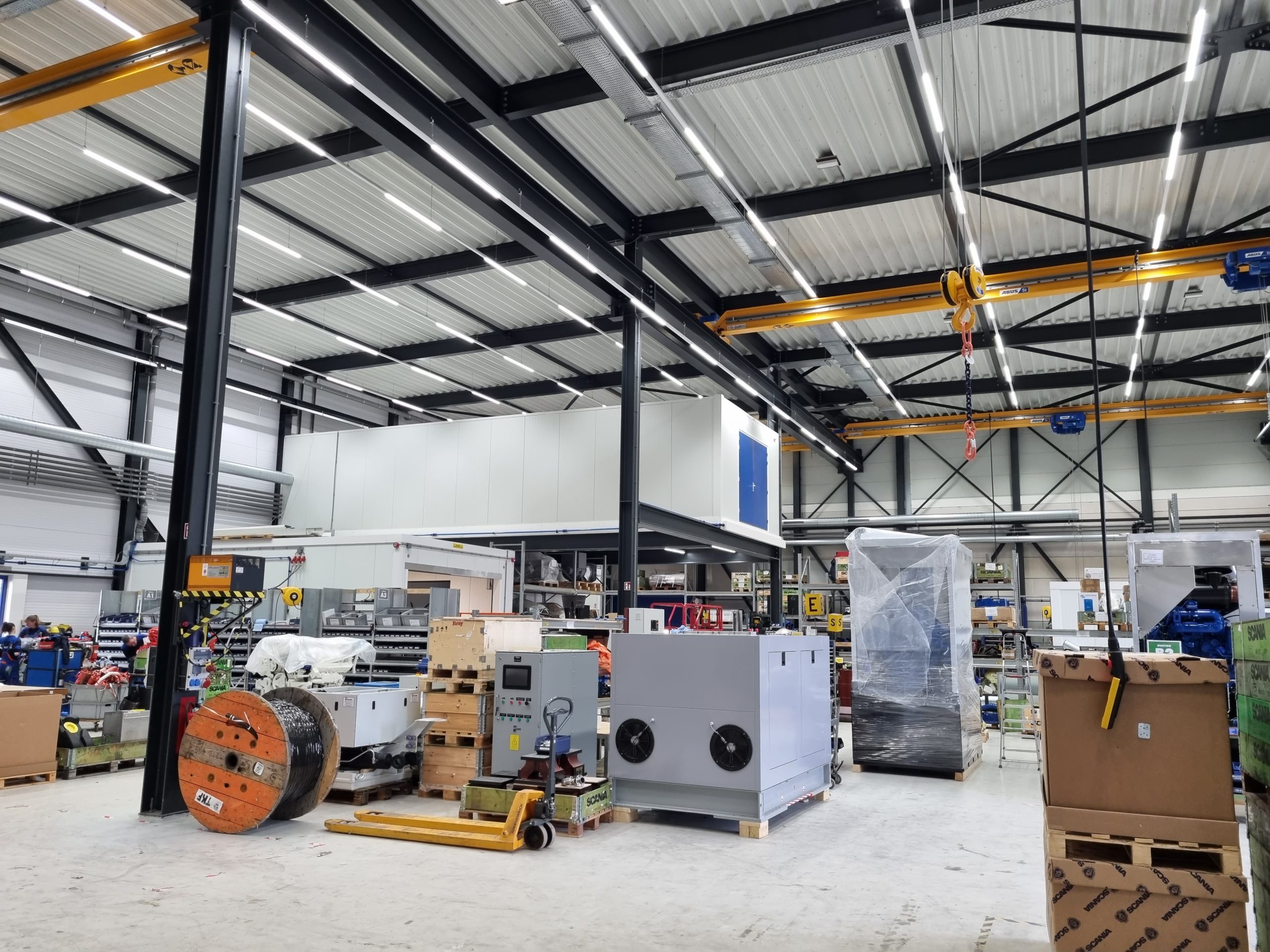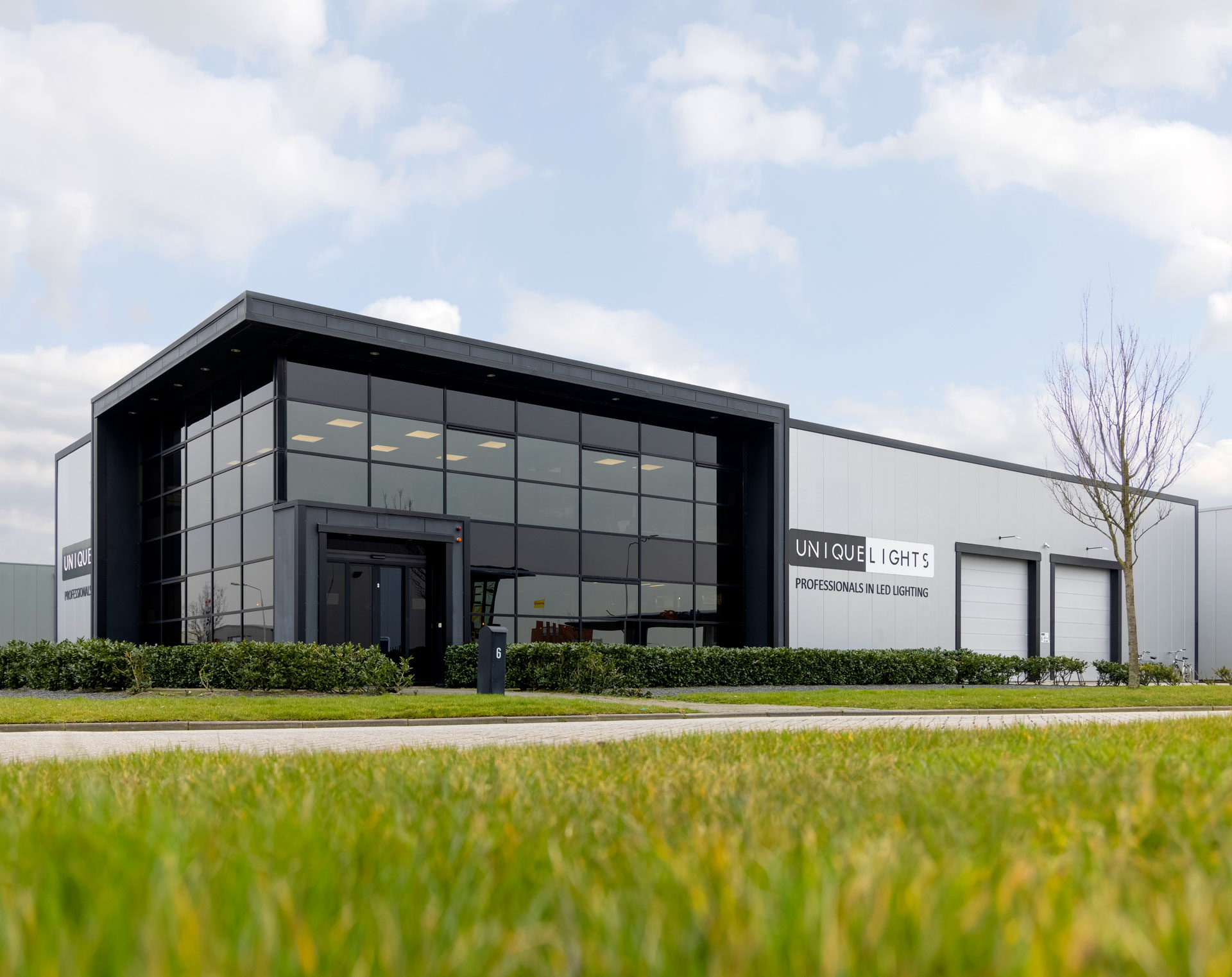
Since 2006, our team of LED specialists has been driven to continuously identify, assess, and when successful integrate the very latest innovations in LED technology into our services. Sustainability is of paramount importance to us. In everything we create and execute, sustainability is a key factor, and it’s becoming increasingly important. To stay on track, we’ve set clear goals and ambitions and remain conscious of our CO₂ footprint. By actively engaging with sustainability and communicating transparently about it, we can implement it more effectively and consistently in our work processes. We are excited to share our journey with you!
Stay on track, we have set goals and ambitions and are aware of our CO₂ footprint. Being consciously engaged with sustainability and communicating about it openly helps us integrate it more thoroughly and effectively into our work processes. We are happy to share our story with you!
Environmental impact and CO₂ emissions
To gain insight into our environmental impact and CO₂ emissions, we had an environmental barometer report compiled. This report is based on 2023 data, compared to 2024.
Starting with environmental impact, the year 2023 served as our baseline. Business travel and electricity consumption were the main contributors. Fuel and heating also had a relatively large share. In 2024, we focused on our goals and made a significant step towards reducing our CO₂ footprint. For example, business travel was nearly halved thanks to policies encouraging working from home and holding meetings online whenever possible.
The majority of CO₂ emissions came from business travel, fuel and heating, and electricity. Where possible, we have already reduced these emissions. In the coming years, we will continue to focus on these areas to minimize our CO₂ output and environmental burden.
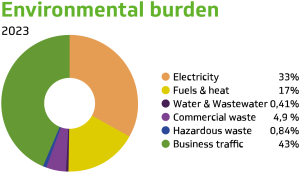
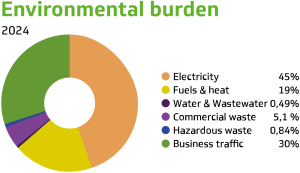
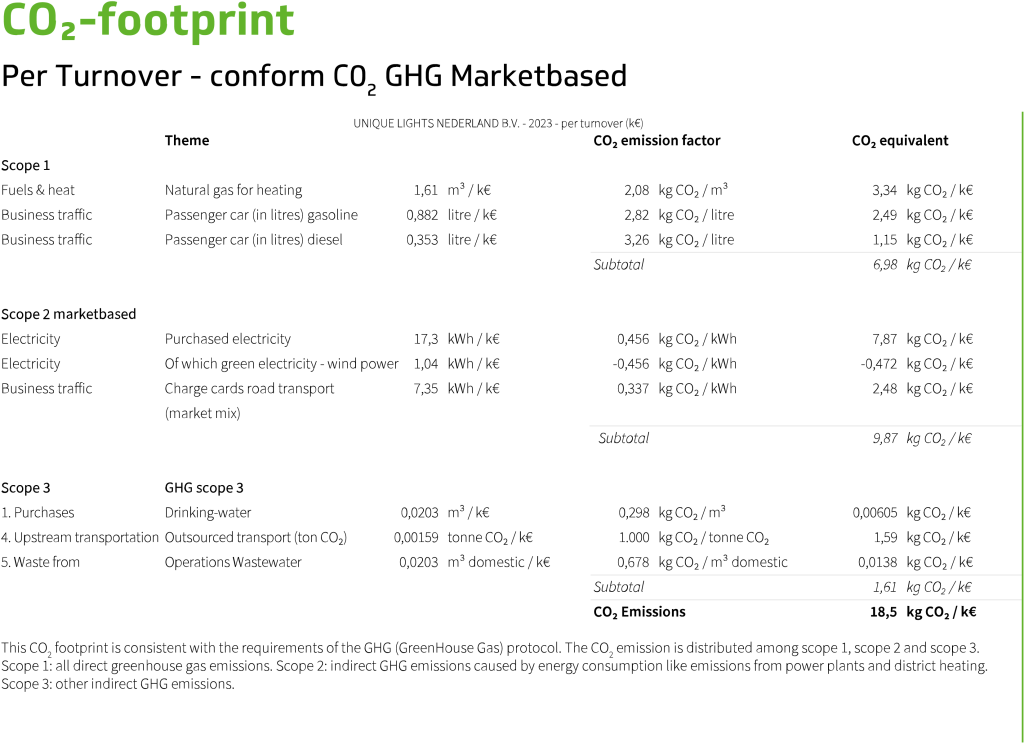
Unique Lights’ CO₂ Footprint
This table presents our CO₂ emissions by theme. It shows the amount of greenhouse gas emitted and, if applicable, offset through the purchase of CO₂ compensation. The table helps us stay aware of our CO₂ footprint and identify areas for improvement.
In total, we emitted 62.8 tons of CO₂ in 2023. The largest contributors were electricity and business travel.
Looking at the key performance indicators (KPIs) makes things a bit clearer. KPIs translate annual data, such as total energy use, into more understandable metrics, such as kWh/m² of floor area or waste separation percentage. These complement the environmental graph and the CO₂ footprint. The table below illustrates this. The shaded column on the right shows the industry average. The differences and similarities between our data and the industry standard provide opportunities for additional environmental and financial gains.
View our full roadmap here
Measures to Reduce Our CO₂ Footprint
These figures have made us more aware of our CO₂ footprint and allow us to take targeted action. The measures we implement will help improve these numbers and bring us closer to our ultimate goal: reducing our CO₂ footprint.
Much of our CO₂ emissions come from business travel and fuel. To reduce this, we aim to minimize travel through:
- Encouraging online meetings
- Providing the option to work from home
In addition, we’re implementing further measures to lower emissions. We have fully integrated LED lighting in our workplace and replaced our fleet with electric vehicles. As mentioned earlier, we actively promote working from home to reduce commuting.
Our upcoming focus areas include:
- Procuring green electricity (2025)
- Conducting energy audits and optimizing buildings (2025/2026)
- Improving our logistics chain (2027)
- Generating our own renewable energy (2028)
We are also exploring the installation of solar panels, in coordination with the building’s owner. This would further reduce the emissions related to electricity. Our goal is to improve these figures so that we can work as sustainably as possible and minimize our negative impact on the planet. By taking action, we can continue to do what we do best: create the very best lighting solutions.
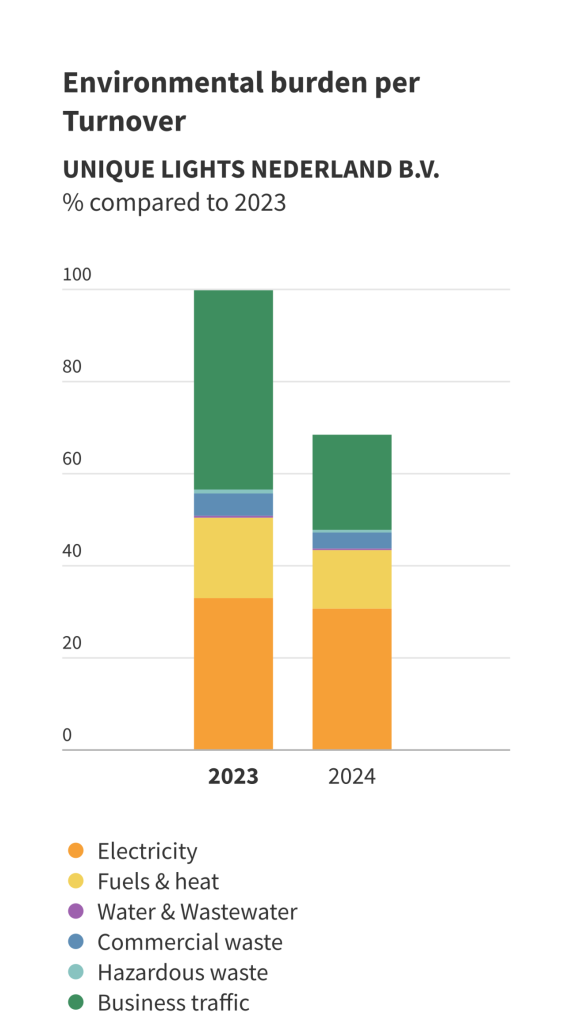
Our objectives
Alongside the measures we’re taking, we’ve set clear annual targets to reduce emissions, expressed in percentages. The 2024 goal has been met, and we are on track for 2025:
- 2024: 13.8 kg CO₂ / k€ revenue (-18%)
- 2025: 12.7 kg CO₂ / k€ revenue (-25%)
- 2026: 11.9 kg CO₂ / k€ revenue (-30%)
- 2027: 10.9 kg CO₂ / k€ revenue (-35%)
- 2028: <10.0 kg CO₂ / k€ revenue (-40%)
We aim to achieve these goals through our targeted measures and reduce our CO₂ footprint accordingly.
We possess:
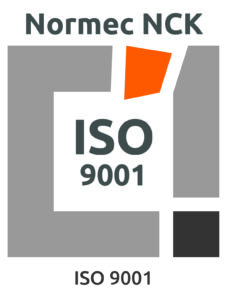
We’d be delighted to tell you more.
-
 Raytec
Raytec -
 Dialight
Dialight -
 ATM lighting
ATM lighting -
 Indulite
Indulite -
 Innolumis
Innolumis -
 Intra Lighting
Intra Lighting -
 Rubitech
Rubitech -
 Midstream
Midstream
Stay up-to-date
Subscribe to the newsletter
